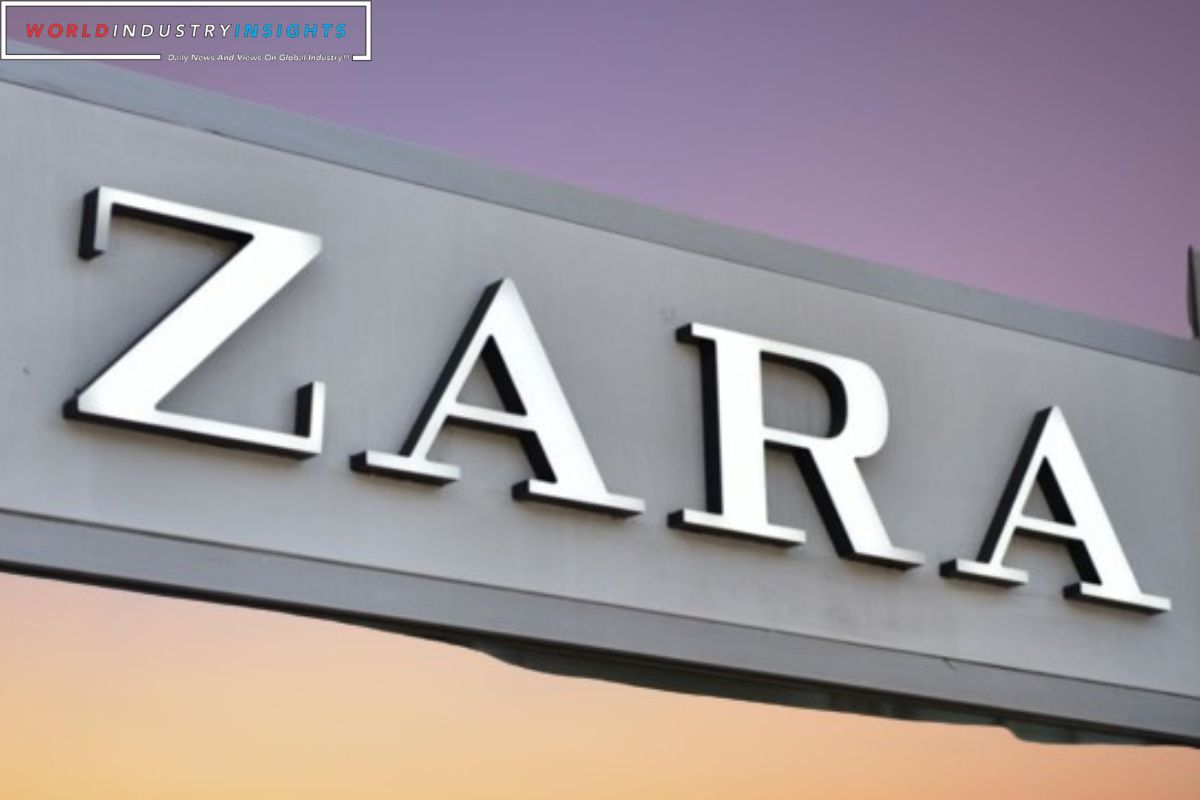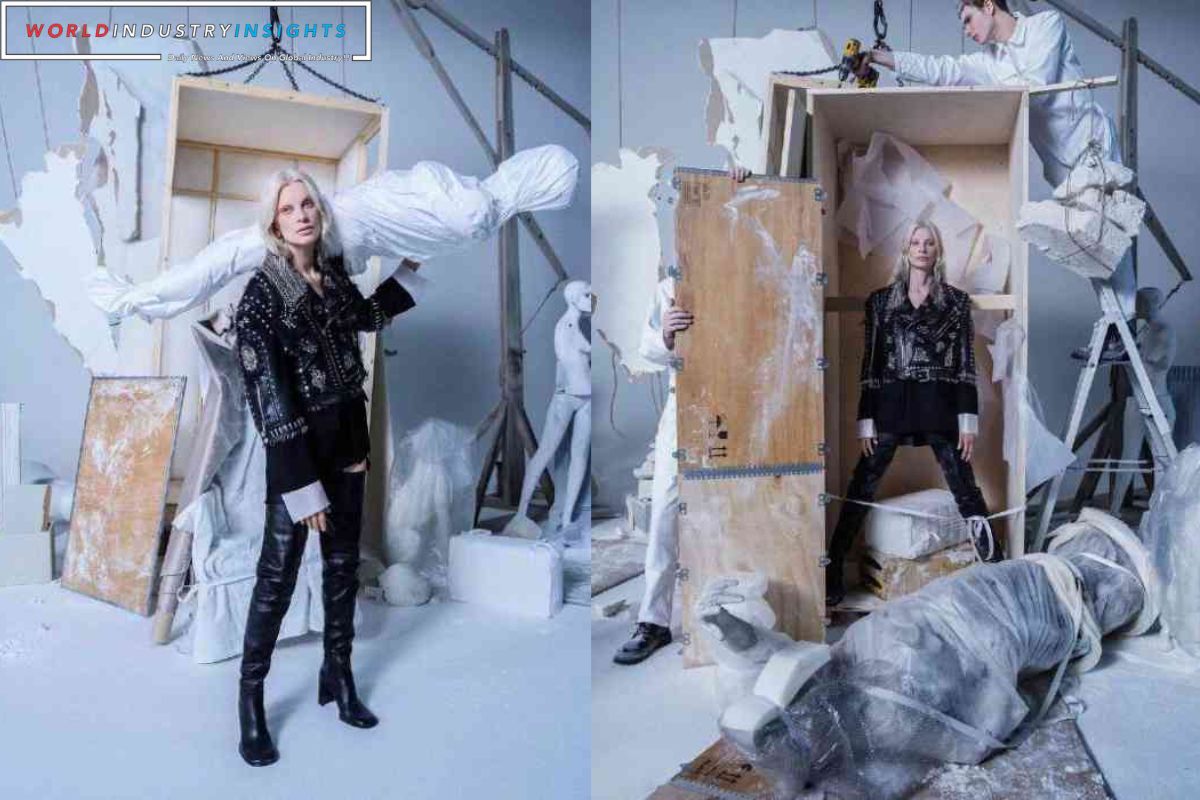Zara Controversial Campaign: Zara found itself at the center of controversy when it decided to pull an advertising campaign from its website and app. The campaign featured mannequins with missing limbs and statues wrapped in white, prompting calls for a boycott from pro-Palestine activists. The parent company, Inditex, clarified that this move was part of its regular content-refresh procedure, sidestepping the issue of the boycott.
The collection in question, named “Atelier,” was launched on December 7 with the fashion retailer stating that it drew inspiration from men’s tailoring of past centuries. However, the collection quickly drew attention on Zara’s Instagram account, where tens of thousands of comments, many featuring Palestinian flags, flooded the platform. Simultaneously, the hashtag “BoycottZara” began trending on messaging platform X.
The visuals in question depicted an artist studio setting, complete with ladders, packing materials, wooden crates, cranes, and assistants donning overalls. However, the stark resemblance of these images to photos of corpses in white shrouds in Gaza did not go unnoticed. Critics pointed out the insensitivity of the campaign, drawing a parallel between fashion and the harsh realities of conflict zones.
The heightened sensitivity surrounding international brands operating in conflict-ridden areas was underscored by the immediate reaction to Zara’s campaign. As the war between Israel and Hamas escalated after October 7, the timing of the advertising campaign became particularly contentious. The incident highlights the delicate balancing act that brands must navigate in such turbulent times.
Also Read: Fast Fashion EU Crackdown: Addressing the Mounting Waste Challenge
While Zara did not directly address the calls for a boycott, the CEO of the Web Summit resigned in October after making comments related to the Israel-Hamas conflict. The photos, initially prominent on Zara’s online store home page on a Monday morning, mysteriously disappeared. A link to the Zara Atelier collection on the UK website redirected users to a page showcasing last year’s collection, indicating a swift response to the mounting controversy.
The “Atelier” collection, consisting of six jackets, stands out as one of Zara’s most expensive offerings, with prices ranging from $229 for a grey wool blazer with chunky knit sleeves to $799 for a studded leather jacket. The pricing adds another layer to the discussion, as critics question the appropriateness of attaching such high costs to a collection that has stirred significant public backlash.
This incident is not the first time that an advertising campaign has landed a fashion label in hot water. French luxury group Kering established a group-level position overseeing brand safety after backlash from advertising images featuring children from its label Balenciaga. Similarly, Dolce & Gabbana faced repercussions in China in 2018 for a campaign deemed racist by local celebrities and social media.
This recent episode adds to Zara’s history of facing criticism from both Palestinians and Israelis. Last year, the retailer’s local franchise in Israel hosted a campaign event for an ultranationalist politician, sparking controversy. The cumulative impact of these incidents raises questions about Zara’s approach to cultural sensitivity and its ability to navigate the complex sociopolitical landscape in regions where it operates.
Our Reader’s Queries
What was the Zara jacket campaign?
“The Jacket” campaign, as described by Zara, features a collection of images portraying incomplete sculptures in a sculptor’s workspace. The campaign’s primary objective is to showcase the artistry of craftmade garments in a creative and artistic setting. The images are a testament to the skill and craftsmanship that goes into creating each garment, and the campaign serves as a tribute to the art of fashion design.”
What are the problems faced by Zara?
Zara faced significant challenges when their supply chain was disrupted by production delays, logistics issues, and supplier failures. These crises had a major impact on the company’s operations, causing significant disruptions and delays. Despite these challenges, Zara remained committed to delivering high-quality products to their customers, and worked tirelessly to overcome these obstacles and get their supply chain back on track. Through their dedication and hard work, Zara was able to successfully navigate these disruptions and continue to thrive in the competitive fashion industry.
Who is the model in the Zara ad?
Dubbed as “The Jacket,” the campaign showcased model Kristen McMenamy and was captured by Tim Walker. One of the photos depicts McMenamy holding a figure wrapped in white cloth, while another shows a scattering of white powder on the floor. The campaign’s enigmatic visuals leave a lasting impression on the viewer.


